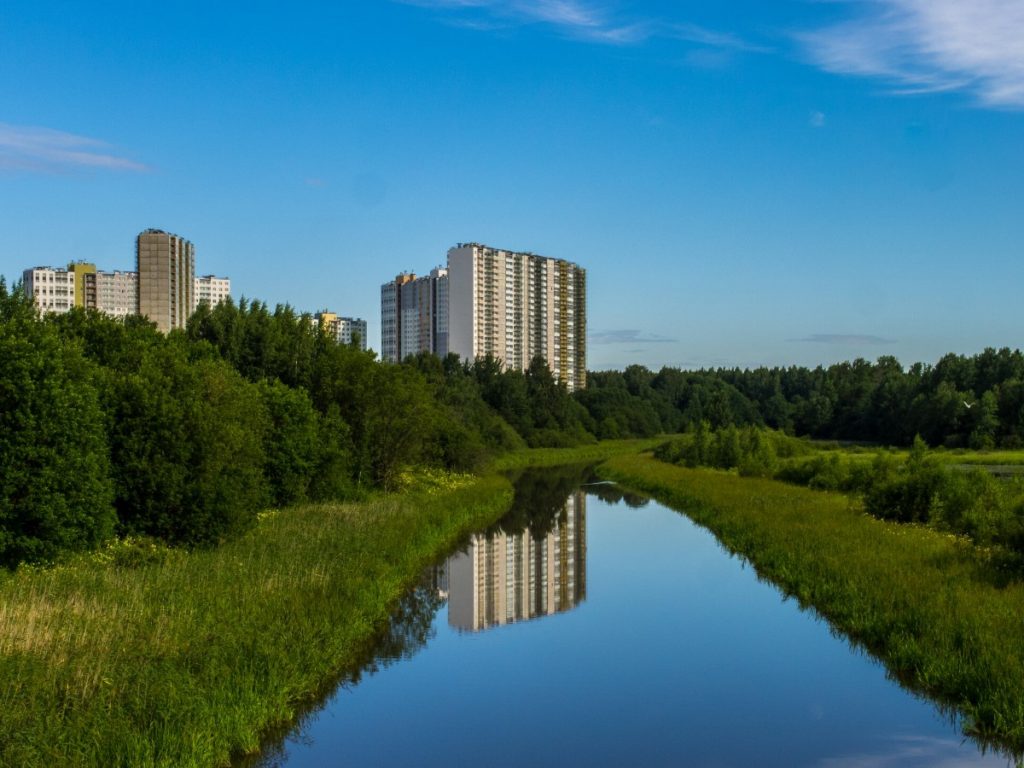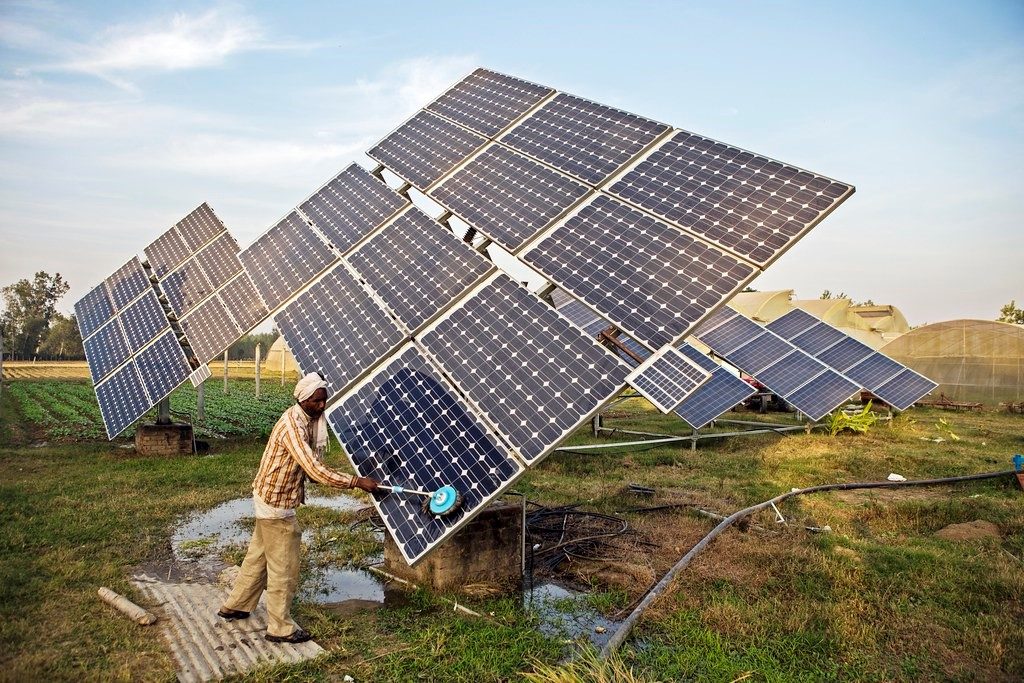BUILDING SUSTAINABLE CITIES

In the year 2015, for ensuring that the world becomes a better place to live in, 195 nations joined United Nations to advocate the same. At the centre of it were the 17 sustainable development goals (SDGs) for all the developing and developed nations as part of a global partnership. These aim to achieve an improved quality of life for the people, throughout the nations who became part of this global movement by 2030. This can be done by bringing together the respective governments, corporations, media, higher education institutions, and local NGOs on the same platform working towards a common goal. One major issue covered through the 17 goals is climate change and one of the important ways of tackling this global problem is creating sustainable cities, which is the need of the hour due to the ever-increasing urbanization.
The concept of sustainable cities can be attained by integrating green practices, and green spaces and providing support to the technologies in the urban environments which can prove to be efficient for reducing air pollution and carbon emissions, improving air quality and conserving natural resources. These practices ultimately contribute toward reducing the city’s carbon footprint and thus create healthier living conditions for the city dwellers. Through urban development and administration, a sustainable city aims to reduce its environmental impact. The core of creating such cities is sustainable urban development which is a result of adopting green technologies, which cover the crucial factors of planning, including telecommunications, electricity, infrastructure and transportation.

Green technology is not only helping create sustainable cities but is also encouraging eco-friendly practices in homes and workplaces. Most sustainable urban infrastructure and green building technologies are dependent on the use of sensors, embedded radios, cellular routers, etc. with the advent of time an increasing acceptance of the fact has been seen that sustainable cities and communities can play a significant role in enhancing the quality of life and reducing environmental degradation. This green ecosystem created in the town has a significant impact on the environment and the following are the main advantages of such green and sustainable cities:
- It makes the individuals aware and responsible for contributing to the environment by utilising sustainable systems.
- Reduces the impact of global warming
- Enhances the health and well-being of locals as a result of better air quality
- Enhancing water management and minimising water losses that can be prevented
- Using power grids more effectively can cut costs and CO2 emissions.
- Better solar energy usage and the utilisation of shade trees can cut down on resource consumption.
Looking at the financial aspect of creating such sustainable cities, it is often observed that the companies and investors who play an important role in providing finance, believe that the government is responsible for taking action and will take charge of it. However, the financial or political aspects or both, play a defining role in the different tasks performed by the governments. Thus, relying on them solely for solving the various challenges of urban areas and creating effective alternatives for promoting economic development while ensuring the sustainability of the city is not the correct approach.
Therefore, a significant stakeholder alignment is the core requirement for attaining efficient implementation of such initiatives while ensuring significant financial investment and exceptional management abilities. It is time that we prioritize smart connection, technology-driven efficiency and data insights to make wiser, greener decisions in order to adopt greener practices and build healthier communities.

In conclusion, to achieve the set targets of sustainable development goals by 2030 and increase shared prosperity at local, regional and national levels, it is crucial to build inclusive, resilient, competitive, and sustainable cities and communities.
